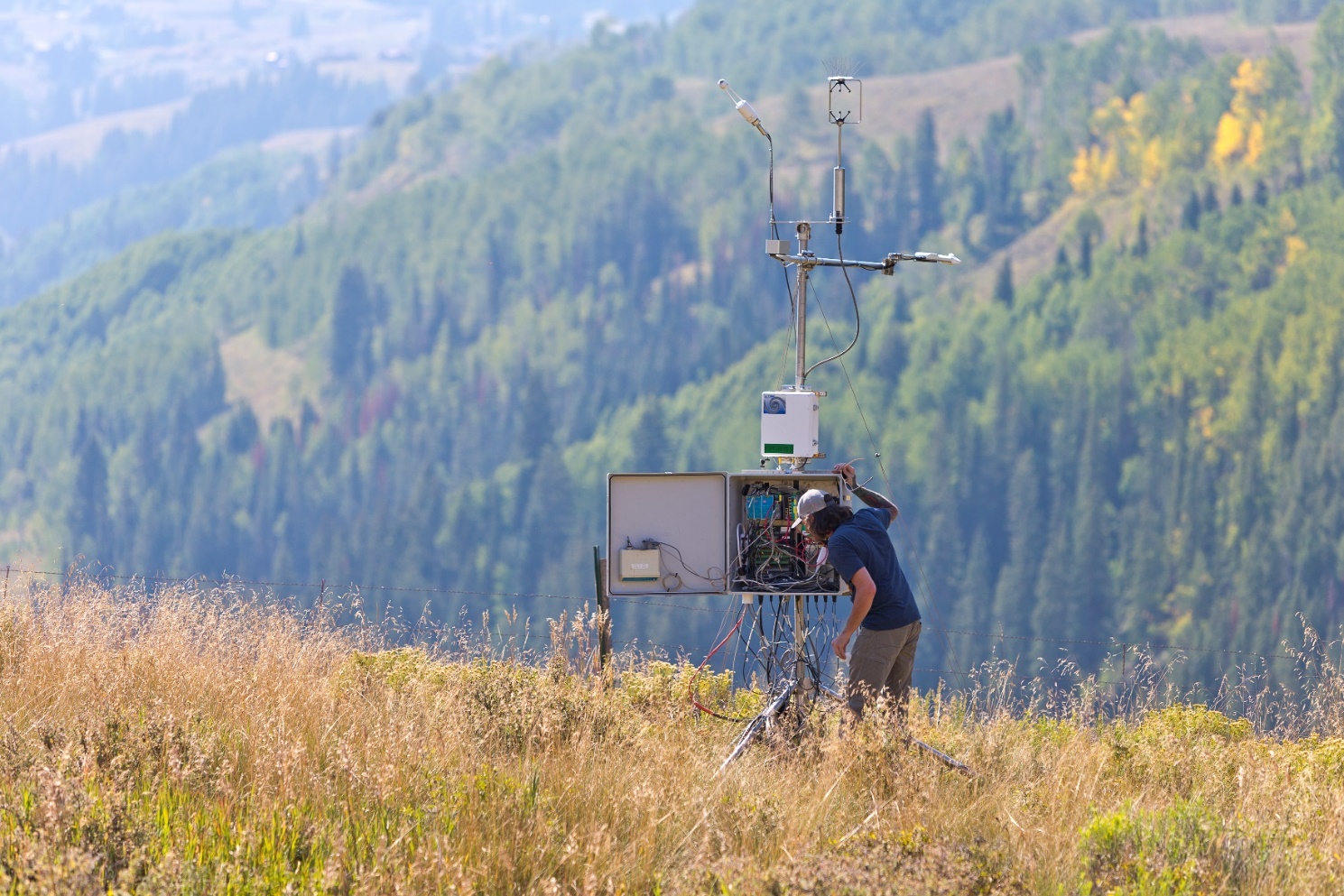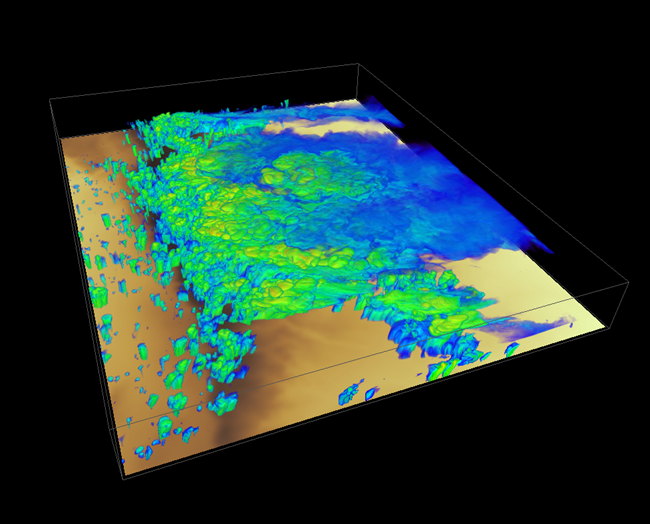Power Your Research with ARM
The U.S. Department of Energy’s Atmospheric Radiation Measurement (ARM) User Facility provides 30-plus years of atmospheric measurements, including periodic data sets from all seven continents and five oceans.
Access ARM Data
ARM collects continuous measurements and develops data products that promote the advancement of earth system models.
New to ARM?
As a DOE Office of Science user facility, ARM makes its data freely available to scientists around the world.
Use ARM Facilities for Your Research
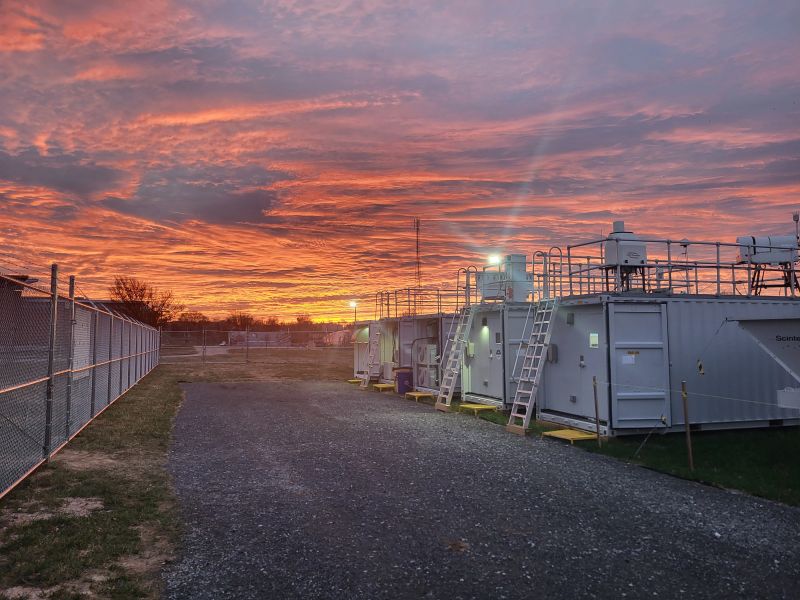
Coast-Urban-Rural Atmospheric Gradient Experiment
1 December 2024 - 30 November 2025 View All CampaignsExplore the ARM Observatories
Discover ARM's Capabilities
Read the Latest from ARM
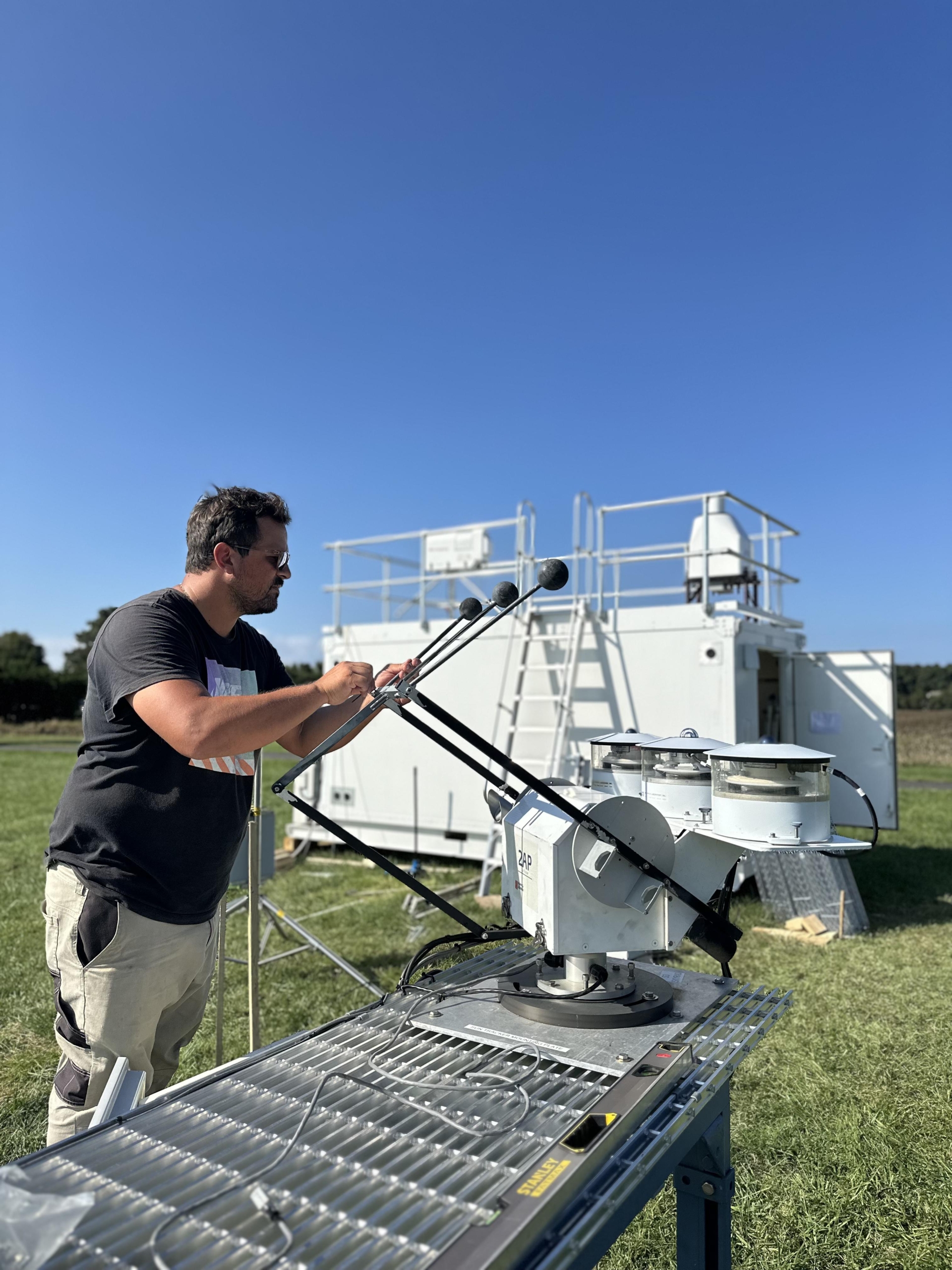
Features
Brave New CoURAGE Campaign Set to Begin
In and around Baltimore, Maryland, scientists, technicians, and students are poised for a year of measuring an urban atmosphere during the Coast-Urban-Rural Atmospheric Gradient Experiment (CoURAGE).
5 Years Later, Updates From 4 DOE Early Career Awardees
Scientists share their accomplishments with ARM data during their five-year U.S. Department of Energy Early Career Research Program projects.
An Epic Arctic Expedition Turns 5
Papers pour in from the Multidisciplinary Drifting Observatory for the Study of Arctic Climate (MOSAiC) expedition, revealing new findings about the data-sparse and vulnerable region.
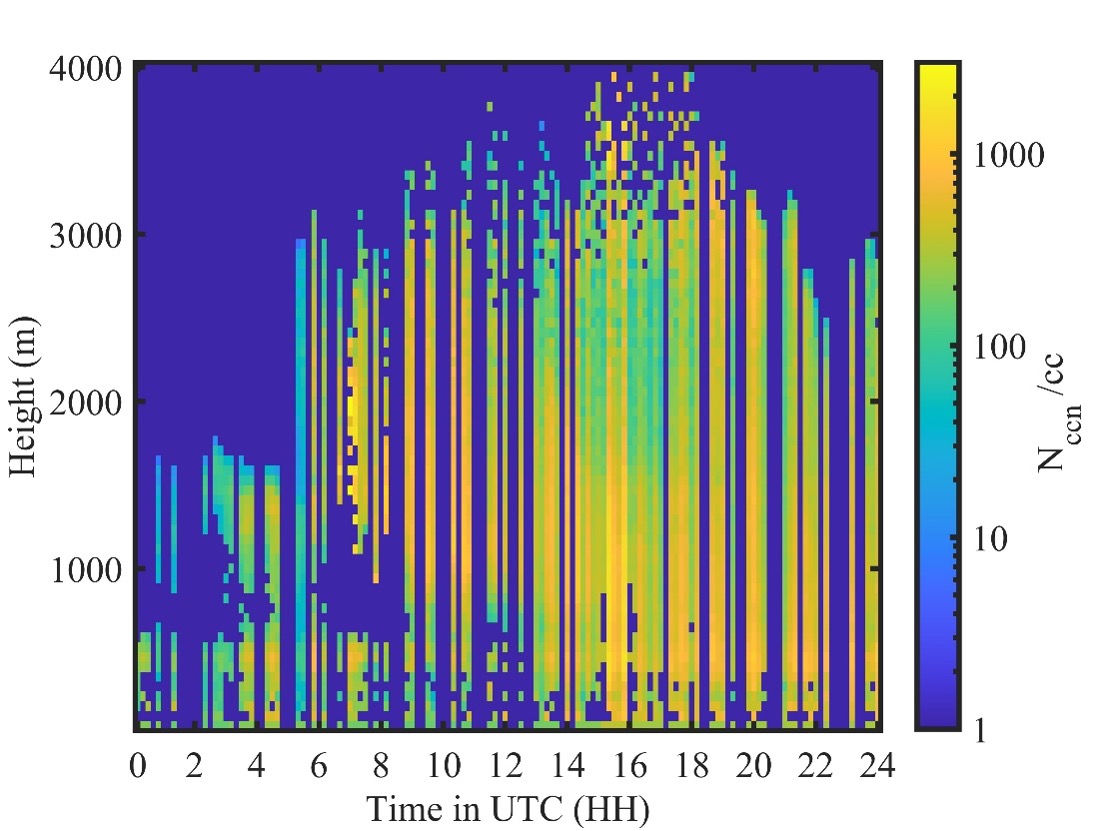
Data Announcements
Cloud Condensation Nuclei Vertical Profile Data Product Extended to ENA
The Retrieved Number concentration of Cloud Condensation Nuclei (RNCCN) value-added product is now available for evaluation for the Eastern North Atlantic (ENA) atmospheric observatory.
Users Ask for New Arctic Aerosol Measurements, and ARM Listens
ARM has installed a set of three instruments at a NOAA site in Utqiaġvik (formerly Barrow), Alaska, to help give scientists a richer picture of atmospheric particles in the Arctic.
New Merged Product Integrates G-1 Flight Data
This product, currently available for three ARM field campaigns, allows users to quickly access key measurements from nearly two dozen ARM Aerial Facility products.

Research Highlights
Objective determination of synoptic states
Studies that explore aerosol–cloud–precipitation interactions must account for the different environments in which these processes occur. This effort demonstrates an objective approach based on self-organizing maps (SOMs) to classify the synoptic state (meteorological environment) that is sufficiently general to be applied to any geographical area.
Mean precipitation change from a deepening troposphere
Why does the equilibrated global precipitation rate increase at roughly 2% per K in all global climate models? Despite the ubiquity of this result, we have not yet had an explanation for it.
Different regimes and active regions of aerosol indirect effects
Different regimes of aerosol indirect effects and the active regions over the global ocean are studied and identified by analyzing long-term satellite measurements of aerosol and cloud properties.
Keep up with the Atmospheric Observer
Updates on ARM news, events, and opportunities delivered to your inbox
ARM User Profile
ARM welcomes users from all institutions and nations. A free ARM user account is needed to access ARM data.



